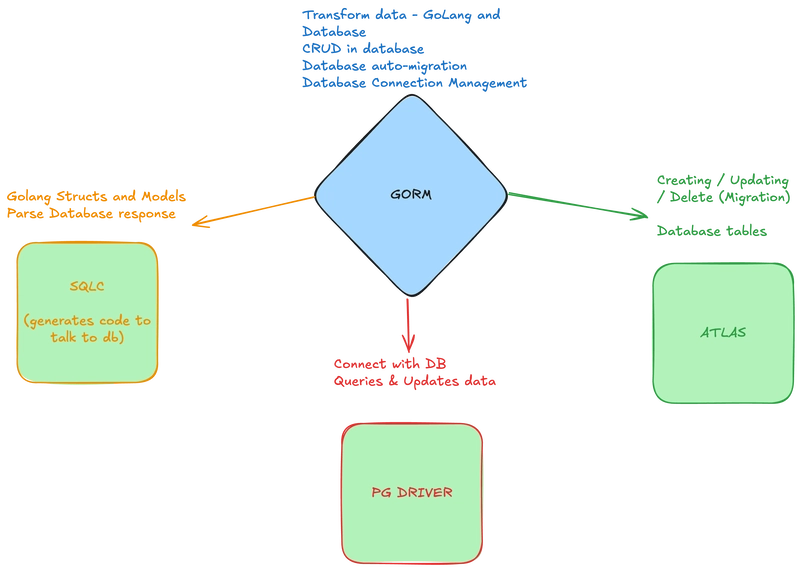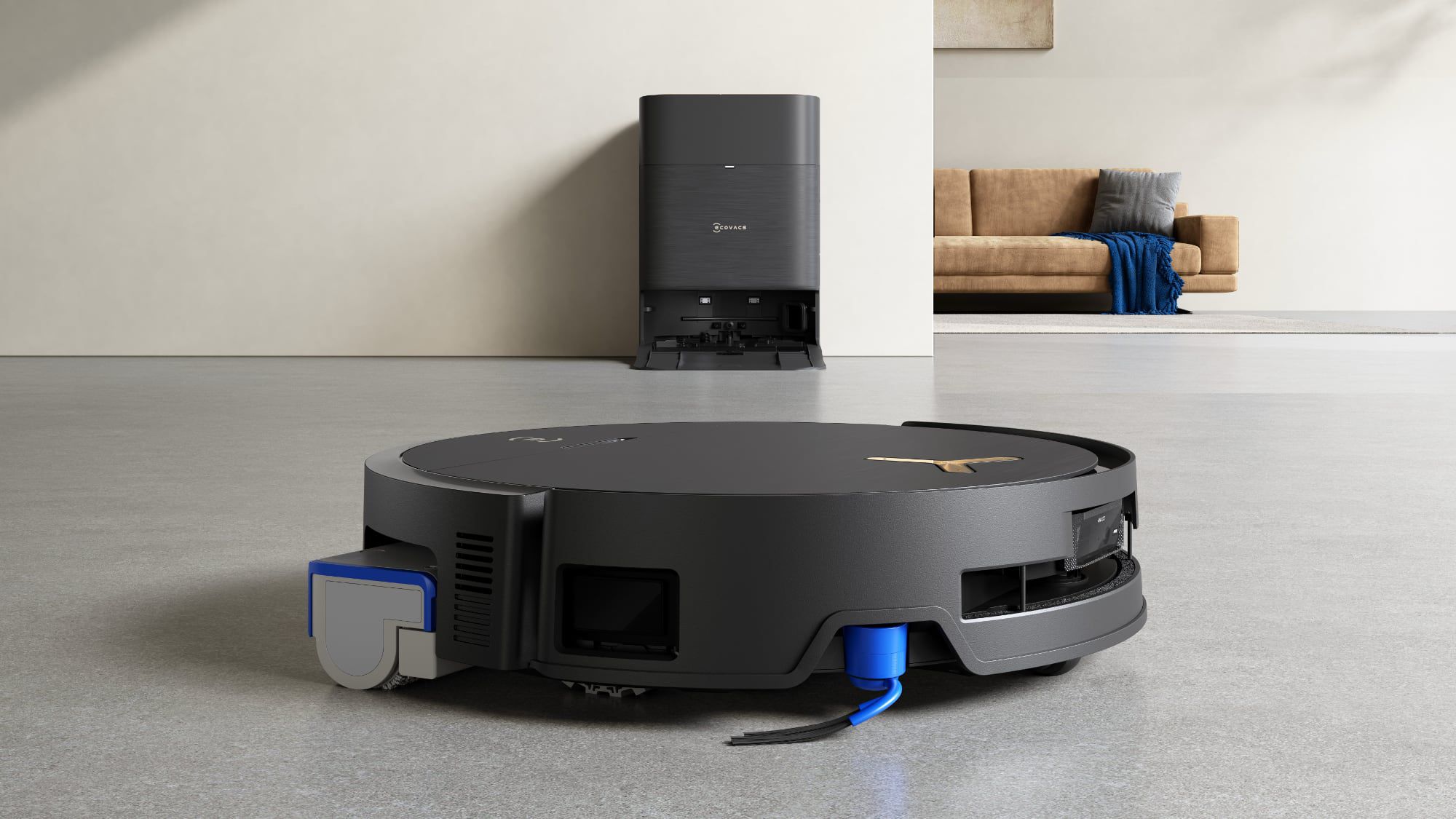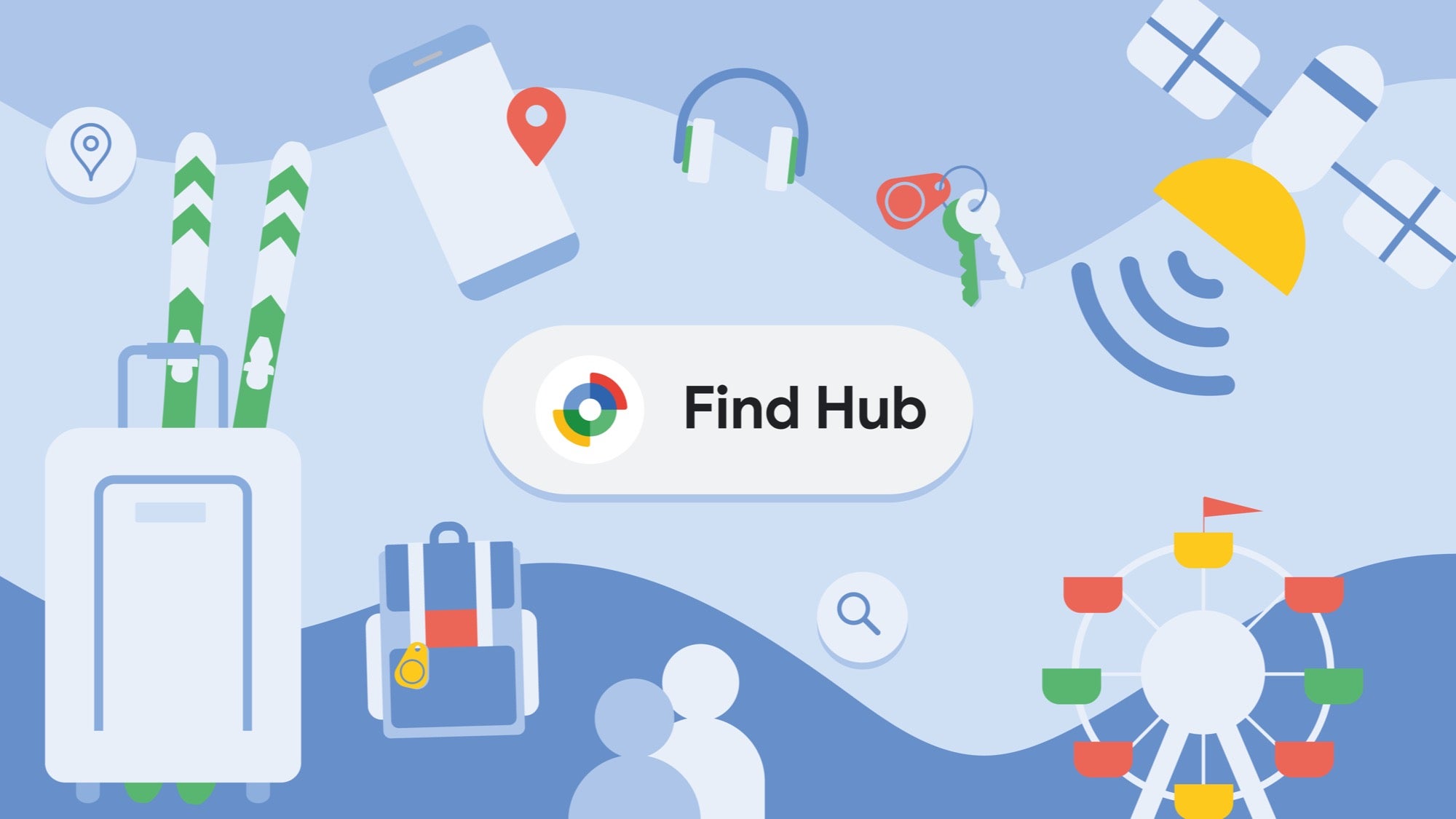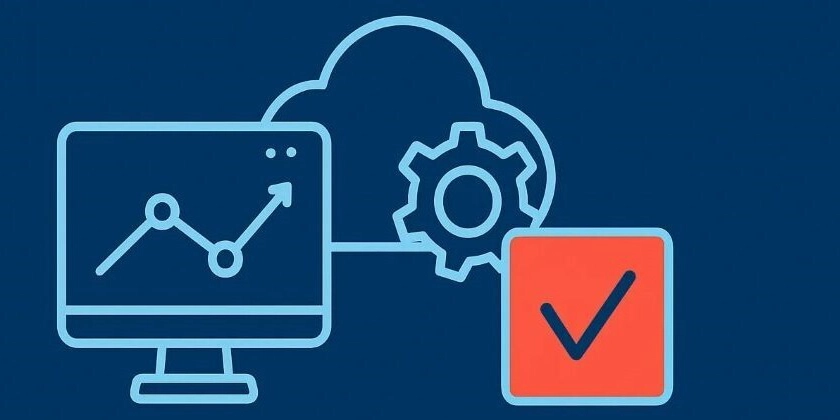AI's global tech revolution: How recent developments are transforming business
The past week has seen remarkable AI advancements reshaping the global technology landscape. AI adoption is accelerating dramatically, with 78% of organizations now using AI in at least one business function—up from 55% a year earlier. Meanwhile, tech giants are boosting AI infrastructure spending to unprecedented levels, with Microsoft, Amazon, Google, Oracle, and Meta collectively increasing capital expenditure to approximately $200 billion in 2025. The model race intensifies across continents The competition between US and Chinese AI models is narrowing rapidly. In January 2024, top US models outperformed the best Chinese models by 9.26% on benchmark tests, but by February 2025, this gap narrowed to just 1.70% according to the Stanford AI Index. This shift is exemplified by recent releases: Anthropic's Claude 3.7 Sonnet (US) introduced hybrid reasoning capabilities that let users toggle between quick responses and detailed thinking processes Google's Gemma 3 (US) brought advanced capabilities to edge devices with minimal computational resources DeepSeek's V3 model update (China) significantly improved reasoning and coding capabilities Alibaba's Qwen3 (China) optimized cost efficiency and multilingual capabilities Europe, meanwhile, is establishing the world's first comprehensive regulatory framework through the EU AI Act, while Asia-Pacific nations are proposing a "third path" between US and China, focusing on shared infrastructure and policy frameworks. Business transformation showing measurable results Organizations implementing AI strategically are beginning to see quantifiable returns: Workers using AI tools experienced a 66% increase in throughput of realistic daily tasks, equivalent to 47 years of natural productivity growth Software engineering productivity has seen dramatic increases, with executives estimating output has risen by 10 times or more Lumen Technologies projects annual time savings worth $50 million from implementing Microsoft Copilot In Asia-Pacific, AI users save almost a day per week in work hours, with 11 billion hours weekly impacted by generative AI Despite these gains, most organizations haven't yet seen significant bottom-line impact—only 17% report that AI contributes at least 5% to their EBIT. The gap between implementation and financial returns highlights the importance of strategic deployment. How businesses are implementing AI today The most effective AI implementations are moving beyond experimentation to addressing core business needs: Text generation leads adoption: 63% of organizations use AI primarily for text creation, while 36% use it for image generation and 27% for code generation C-suite is driving adoption: 53% of executives regularly use generative AI at work, compared to 44% of mid-level managers Development acceleration: Programming teams using GitHub Copilot report 30% reductions in development time, with programmers coding 126% more projects weekly Customer service enhancement: The #1 business activity augmented by AI is customer issue resolution, appearing in 35% of enterprise AI projects Sector-specific applications are emerging as particularly valuable. Technology companies prioritize software engineering applications, media/telecom companies focus on service operations, and professional services emphasize knowledge management. International adoption patterns reveal regional strategies Regional approaches to AI development and implementation show distinct characteristics: North America maintains the largest AI market share ($66.21 billion in 2025) with leadership in innovation, though adoption is spreading beyond tech hubs to manufacturing centers China and India are accelerating adoption, using generative AI to modernize sectors and develop talent, with technologies like DeepSeek poised to lower training costs for open-source models Europe is pursuing a regulatory-driven approach through the EU AI Continent Action Plan, creating markets for compliance and ethical AI solutions Asia-Pacific shows adoption rates 30% higher in developing economies than developed ones, with emphasis on productivity enhancements evolving toward customer engagement What's next: Emerging trends reshaping technology Industry experts identify several transformative trends for the near future: Agentic AI is emerging as the next frontier, with systems capable of performing autonomous tasks and learning from experience Industry-specific models will replace general-purpose LLMs, with Gartner predicting over 50% of enterprise AI models will be domain-specific by 2027 Generative virtual environments like Google DeepMind's Genie 2 can transform simple images into interactive worlds, with applications beyond gaming Edge computing AI will grow rapidly as organizations process data at collection points, reducing latency and addressing privacy concerns AI for scientific discovery is accelerating res

The past week has seen remarkable AI advancements reshaping the global technology landscape. AI adoption is accelerating dramatically, with 78% of organizations now using AI in at least one business function—up from 55% a year earlier. Meanwhile, tech giants are boosting AI infrastructure spending to unprecedented levels, with Microsoft, Amazon, Google, Oracle, and Meta collectively increasing capital expenditure to approximately $200 billion in 2025.
The model race intensifies across continents
The competition between US and Chinese AI models is narrowing rapidly. In January 2024, top US models outperformed the best Chinese models by 9.26% on benchmark tests, but by February 2025, this gap narrowed to just 1.70% according to the Stanford AI Index. This shift is exemplified by recent releases:
- Anthropic's Claude 3.7 Sonnet (US) introduced hybrid reasoning capabilities that let users toggle between quick responses and detailed thinking processes
- Google's Gemma 3 (US) brought advanced capabilities to edge devices with minimal computational resources
- DeepSeek's V3 model update (China) significantly improved reasoning and coding capabilities
- Alibaba's Qwen3 (China) optimized cost efficiency and multilingual capabilities
Europe, meanwhile, is establishing the world's first comprehensive regulatory framework through the EU AI Act, while Asia-Pacific nations are proposing a "third path" between US and China, focusing on shared infrastructure and policy frameworks.
Business transformation showing measurable results
Organizations implementing AI strategically are beginning to see quantifiable returns:
- Workers using AI tools experienced a 66% increase in throughput of realistic daily tasks, equivalent to 47 years of natural productivity growth
- Software engineering productivity has seen dramatic increases, with executives estimating output has risen by 10 times or more
- Lumen Technologies projects annual time savings worth $50 million from implementing Microsoft Copilot
- In Asia-Pacific, AI users save almost a day per week in work hours, with 11 billion hours weekly impacted by generative AI
Despite these gains, most organizations haven't yet seen significant bottom-line impact—only 17% report that AI contributes at least 5% to their EBIT. The gap between implementation and financial returns highlights the importance of strategic deployment.
How businesses are implementing AI today
The most effective AI implementations are moving beyond experimentation to addressing core business needs:
- Text generation leads adoption: 63% of organizations use AI primarily for text creation, while 36% use it for image generation and 27% for code generation
- C-suite is driving adoption: 53% of executives regularly use generative AI at work, compared to 44% of mid-level managers
- Development acceleration: Programming teams using GitHub Copilot report 30% reductions in development time, with programmers coding 126% more projects weekly
- Customer service enhancement: The #1 business activity augmented by AI is customer issue resolution, appearing in 35% of enterprise AI projects
Sector-specific applications are emerging as particularly valuable. Technology companies prioritize software engineering applications, media/telecom companies focus on service operations, and professional services emphasize knowledge management.
International adoption patterns reveal regional strategies
Regional approaches to AI development and implementation show distinct characteristics:
- North America maintains the largest AI market share ($66.21 billion in 2025) with leadership in innovation, though adoption is spreading beyond tech hubs to manufacturing centers
- China and India are accelerating adoption, using generative AI to modernize sectors and develop talent, with technologies like DeepSeek poised to lower training costs for open-source models
- Europe is pursuing a regulatory-driven approach through the EU AI Continent Action Plan, creating markets for compliance and ethical AI solutions
- Asia-Pacific shows adoption rates 30% higher in developing economies than developed ones, with emphasis on productivity enhancements evolving toward customer engagement
What's next: Emerging trends reshaping technology
Industry experts identify several transformative trends for the near future:
- Agentic AI is emerging as the next frontier, with systems capable of performing autonomous tasks and learning from experience
- Industry-specific models will replace general-purpose LLMs, with Gartner predicting over 50% of enterprise AI models will be domain-specific by 2027
- Generative virtual environments like Google DeepMind's Genie 2 can transform simple images into interactive worlds, with applications beyond gaming
- Edge computing AI will grow rapidly as organizations process data at collection points, reducing latency and addressing privacy concerns
- AI for scientific discovery is accelerating research in materials science, weather forecasting, and quantum computing
Challenges on the horizon
Despite rapid progress, significant challenges remain:
- Energy consumption: Global data center electricity consumption could double to 1,065 terawatt-hours by 2030—representing 4% of total global energy consumption
- Talent shortages: 73% of employers prioritize onboarding AI-skilled talent, but 75% indicate the talent pool isn't sufficient
- Regional disparities: The US and China are projected to capture nearly 70% of AI's global economic impact
- Hardware constraints: 40% of organizations cite access to AI accelerators as a leading infrastructure consideration
The technology sector stands at an inflection point where AI is transitioning from experimental technology to core business infrastructure. Organizations that develop clear AI strategies aligned with business objectives, while managing emerging challenges, will be best positioned to capture value in this rapidly evolving landscape.
- McKinsey & Company - https://www.mckinsey.com/capabilities/quantumblack/our-insights/the-state-of-ai
- Bloomberg - https://www.bloomberg.com/professional/insights/technology/big-tech-2025-capex-may-hit-200-billion-as-gen-ai-demand-booms/
- IEEE Spectrum - https://spectrum.ieee.org/ai-index-2025
- MIT Technology Review - https://www.technologyreview.com/2025/01/08/1109188/whats-next-for-ai-in-2025/
- Anthropic - https://www.anthropic.com/news/claude-3-7-sonnet
- SD Times - https://sdtimes.com/ai/anthropic-releases-claude-3-7-sonnet-and-claude-code/
- Google - https://blog.google/technology/developers/gemma-3/
- Google Developers Blog - https://developers.googleblog.com/en/introducing-gemma3/
- Reuters - https://www.reuters.com/technology/artificial-intelligence/chinas-deepseek-releases-ai-model-upgrade-intensifies-rivalry-with-openai-2025-03-25/
- GitHub (DeepSeek-AI) - https://github.com/deepseek-ai/DeepSeek-V3
- South China Morning Post - https://www.scmp.com/tech/tech-trends/article/3309298/alibabas-qwen3-topples-deepseeks-r1-worlds-highest-ranked-open-source-ai-model
- Vena Solutions - https://www.venasolutions.com/blog/ai-statistics
- Microsoft - https://blogs.microsoft.com/blog/2025/04/22/https-blogs-microsoft-com-blog-2024-11-12-how-real-world-businesses-are-transforming-with-ai/
- East Asia Forum - https://eastasiaforum.org/2025/04/24/the-promise-and-perils-of-ai-for-the-asia-pacifics-green-transition/
- Deloitte Insights - https://www2.deloitte.com/us/en/insights/topics/emerging-technologies/generative-ai-adoption-asia-pacific-region.html
- Statista - https://www.statista.com/outlook/tmo/artificial-intelligence/worldwide
- Our World in Data - https://ourworldindata.org/artificial-intelligence
- BCG Global - https://www.bcg.com/publications/2025/generative-ai-adoption-in-asia
- IoT Analytics - https://iot-analytics.com/top-enterprise-generative-ai-applications/
- Cisco Blogs - https://blogs.cisco.com/partner/six-ai-predictions-for-2025-that-will-reshape-how-we-think-about-enterprise-technology
- IT Pro Today - https://www.itprotoday.com/ai-machine-learning/ai-trends-and-predictions-2025-from-industry-insiders
- IBM - https://www.ibm.com/think/insights/artificial-intelligence-trends
- SiliconANGLE - https://siliconangle.com/2025/03/12/google-introduces-gemma-3-family-accessible-lightweight-models/
- WEKA - https://www.weka.io/resources/analyst-report/2024-global-trends-in-ai/
- CIO - https://www.cio.com/article/3816862/goodbye-digital-transformation-hello-ai-first-business-transformation.html






































































































































































![[The AI Show Episode 147]: OpenAI Abandons For-Profit Plan, AI College Cheating Epidemic, Apple Says AI Will Replace Search Engines & HubSpot’s AI-First Scorecard](https://www.marketingaiinstitute.com/hubfs/ep%20147%20cover.png)


















































































































































































.jpeg?width=1920&height=1920&fit=bounds&quality=70&format=jpg&auto=webp#)



















































































_ElenaBs_Alamy.jpg?width=1280&auto=webp&quality=80&disable=upscale#)
















































































































![Apple Working on Brain-Controlled iPhone With Synchron [Report]](https://www.iclarified.com/images/news/97312/97312/97312-640.jpg)

































































































